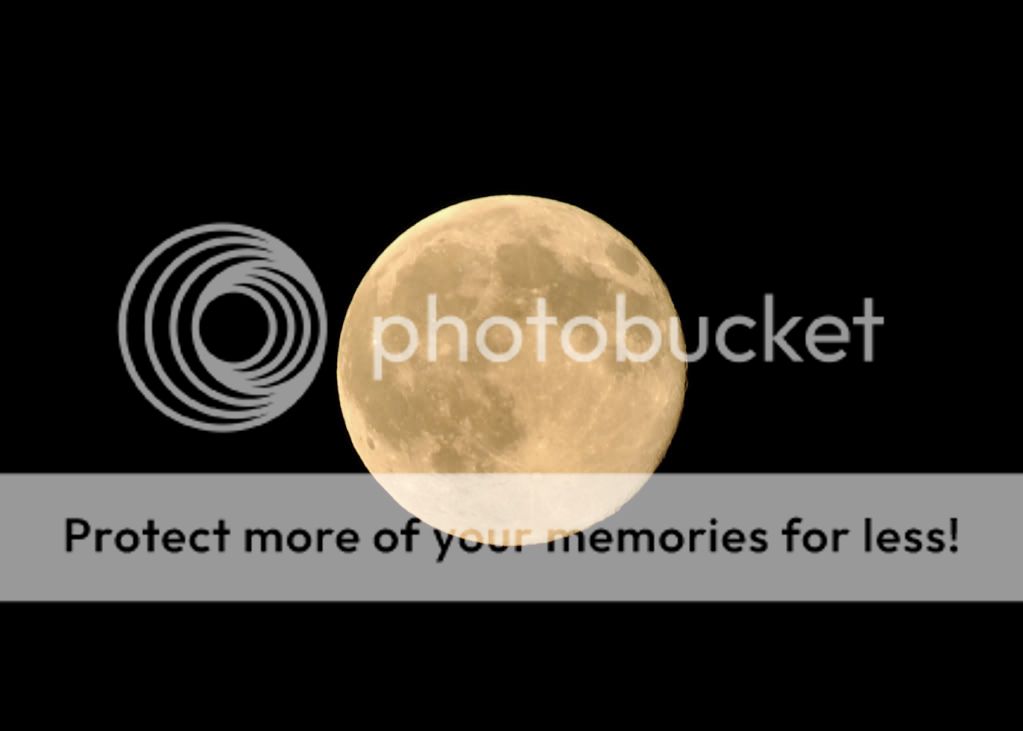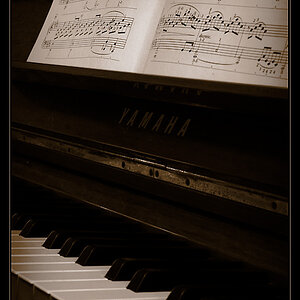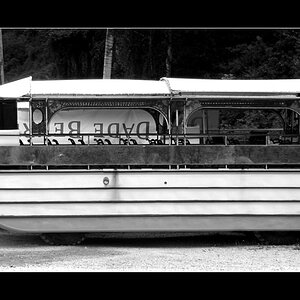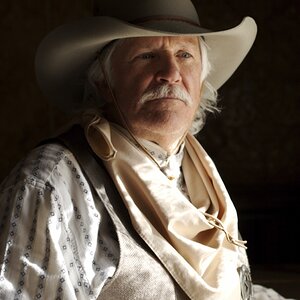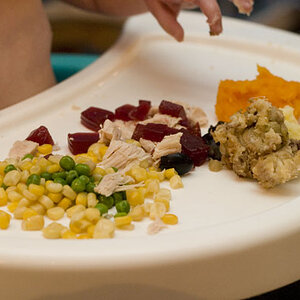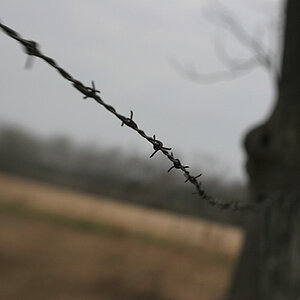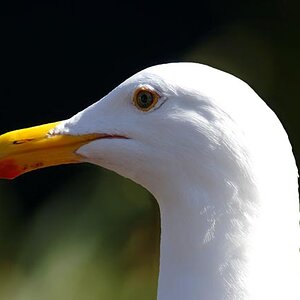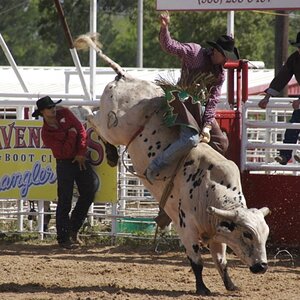Tight Knot
No longer a newbie, moving up!
- Joined
- Nov 30, 2010
- Messages
- 1,398
- Reaction score
- 159
- Location
- Boca Raton, FL
- Website
- www.lensphotoworld.com
- Can others edit my Photos
- Photos OK to edit
Hi all, I tried to shoot the moon when it was full, and in the first few shots I got a mirror effect, which I realized was because I had a filter on my camera. So I took the filter off, and no matter how many times I tried to shoot again, all I got was a bright ball in the sky, I couldn't get the moon to show clearly at all. Any suggestions?
The camera was on a tripod, I used a 55-250mm lens focal length at 250mm.
1. With the filter
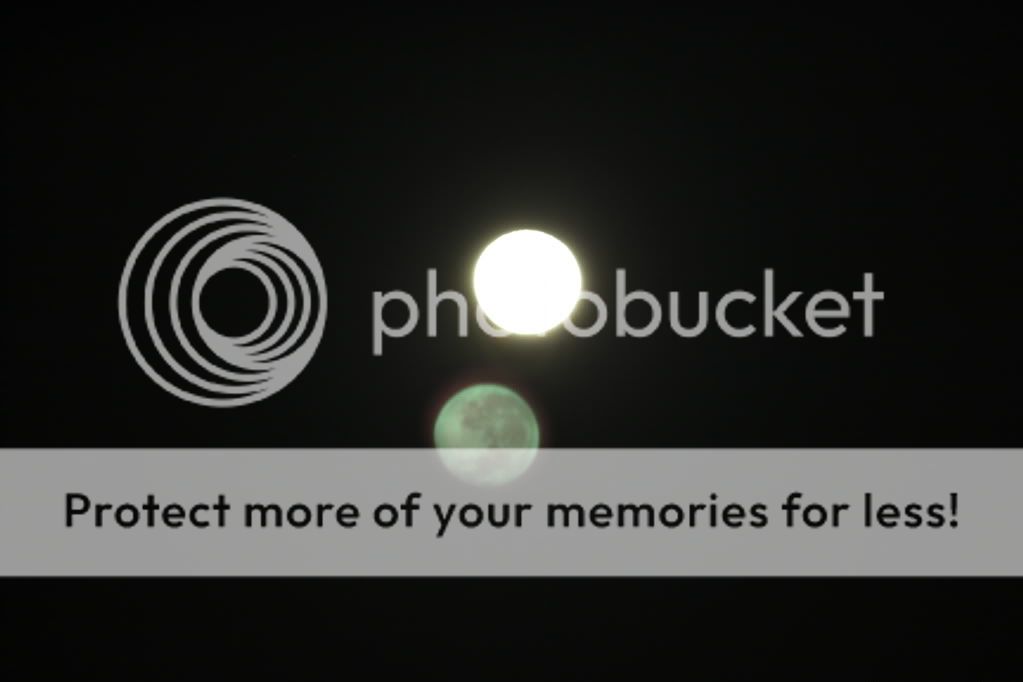
2. Without the filter.
Shot at 3200 ISO, shutter speed 1/60th, f/5.6. focal length 250mm on a 55-250mm lens.
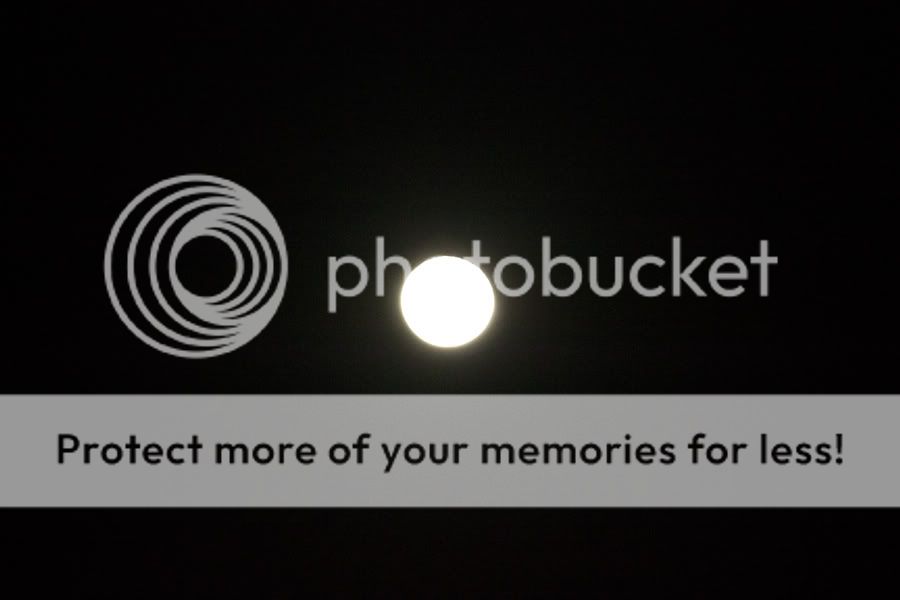
The camera was on a tripod, I used a 55-250mm lens focal length at 250mm.
1. With the filter

2. Without the filter.
Shot at 3200 ISO, shutter speed 1/60th, f/5.6. focal length 250mm on a 55-250mm lens.




